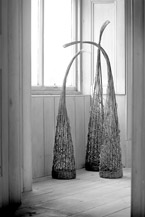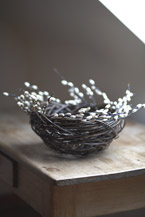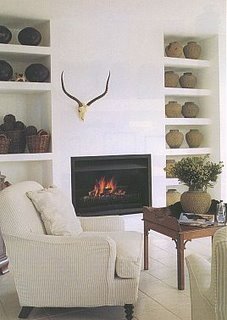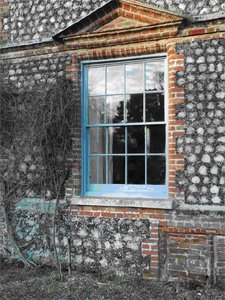
The wheels of environmental politics are indeed turning. Yesterday, at the launch of the Stern Report, Gordon Brown announced a raft of new green measures. Here is a summary of those proposed plans and measures:
- Enshrine British climate change commitments in legislation, through a Climate Change Bill, including the goal to reduce carbon dioxide emissions by 60 per cent by 2050, and to strengthen official monitoring and reporting.
- Former US Vice-President Al Gore to become an adviser to Gordon Brown on environmental issues.
- Establish a new commission to propose how to keep Britain at the forefront of the global environmental market seen worth almost US$700 billion by 2010. Brown said this market could create at least 100,000 more jobs in Britain over the next decade.
- Form a partnership with Brazil, Papua New Guinea, Costa Rica and the Coalition of Rainforest Nations, Germany (which holds the presidency of the G8 group of industrialised nations next year), the European Union, the World Bank and others to promote sustainable forestry. Environment has been placed on Germany's G8 presidency agenda next year.
- Bring the private sector into a Global Energy Investment Framework which already involves public banks, to help achieve a target US$20 billion loan and grant fund for energy efficiency.
- Launch a joint task force with Brazil, South Africa and Mozambique to promote the development of a sustainable regional biofuels industry in southern Africa.
Aspirations - To offer incentives, in future budgets, to the next generation of cellulosic biofuels.
- Set a new European-wide emissions reduction target of 30 per cent by 2020, and at least 60 per cent by 2050.
- Expand the EU carbon market to cover more sectors and more emissions, and to take it beyond carbon dioxide to other greenhouse gases.
- To link up the EU carbon market with others, for example in Australia, Switzerland, northeast American states and California.
All delivered with time to spare for a celebratory warming bowl of homegrown pumpkin soup. Happy Halloween.














